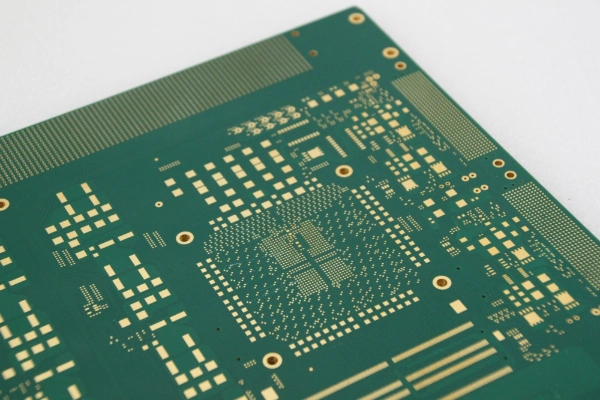Mold is a common household problem that can lead to various health issues if left untreated. While there are numerous commercial mold removal products available, many people are turning to natural alternatives. In this article, we will explore the effectiveness of using vinegar and baking soda to combat mold growth. We will delve into the science behind their cleaning properties and provide step-by-step instructions on how to use them effectively.
- Understanding the Science:
Before we dive into the practical application, it's crucial to understand why vinegar and baking soda are effective against mold. Vinegar, specifically white distilled vinegar, contains acetic acid, which has antimicrobial properties. This acid disrupts the mold's cell structure, inhibiting its growth and eventually killing it. On the other hand, baking soda, also known as sodium bicarbonate, acts as a natural deodorizer and mild abrasive, making it an excellent choice for removing mold stains. - Preparation and Safety Measures:
Before starting the mold removal process, it's essential to take necessary safety precautions. Wear protective gloves, goggles, and a mask to avoid direct contact with mold spores. Open windows or use fans for proper ventilation. Additionally, ensure the affected area is dry before proceeding with the cleaning process. - Using Vinegar to Eliminate Mold:
To create a vinegar solution, mix equal parts of distilled white vinegar and water in a spray bottle. Liberally spray the affected area with the solution, ensuring complete coverage. Let it sit for at least one hour to allow the vinegar to penetrate the mold. For stubborn mold, scrub gently with a brush or sponge. Finally, wipe the area clean with a damp cloth and allow it to dry thoroughly. - Harnessing the Power of Baking Soda:
Baking soda can be used in conjunction with vinegar or as a standalone solution. To create a baking soda paste, mix baking soda with a small amount of water until a thick consistency is achieved. Apply the paste directly to the mold-infested area, ensuring an even coating. Let it sit for several hours or overnight to allow the baking soda to absorb moisture and loosen the mold. Scrub the area gently with a brush or sponge, then rinse with water and wipe clean. - Preventing Future Mold Growth:
While vinegar and baking soda are effective at removing mold, it's crucial to address the underlying causes to prevent its recurrence. Ensure proper ventilation in damp areas, fix any leaks or water damage promptly, and maintain optimal humidity levels. Regularly inspect and clean susceptible areas to prevent mold from taking hold.
Conclusion:
Vinegar and baking soda, when used correctly, can be powerful allies in the battle against mold. Their natural properties make them safe alternatives to harsh chemicals, while still providing effective results. Remember to exercise caution, follow safety measures, and address the root causes of mold growth for long-term prevention. By harnessing the cleaning potential of vinegar and baking soda, you can bid farewell to mold and create a healthier living environment.






